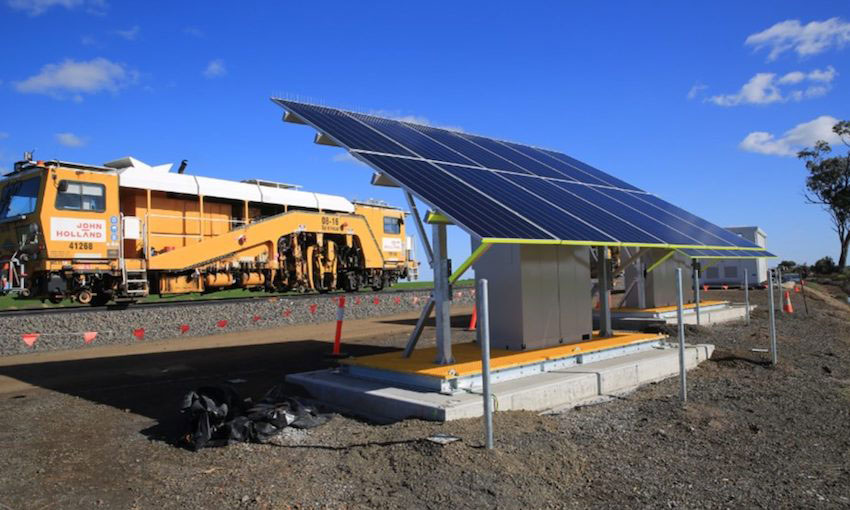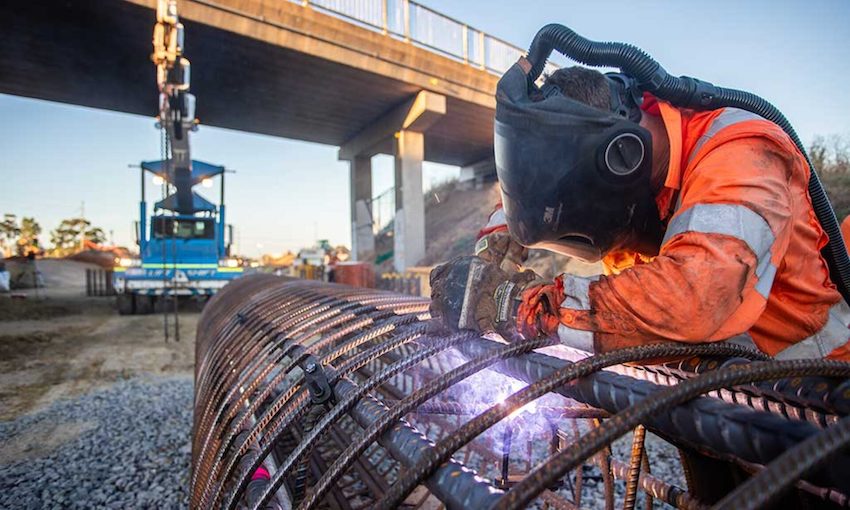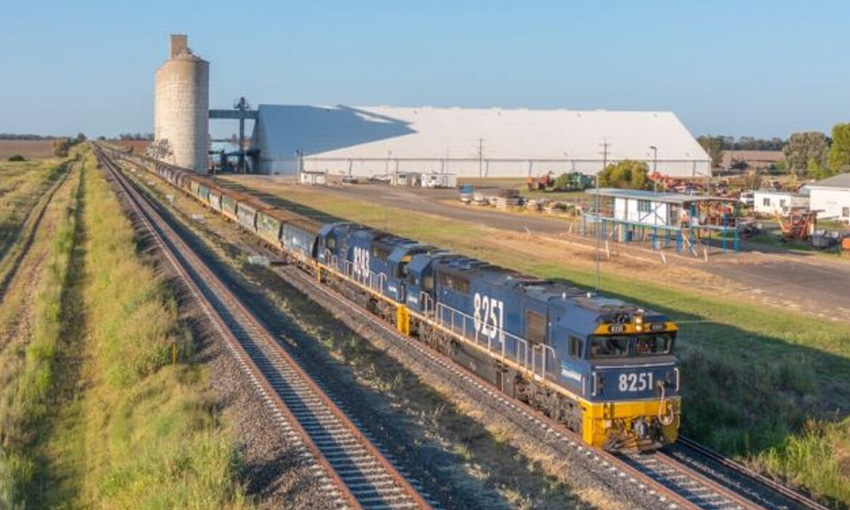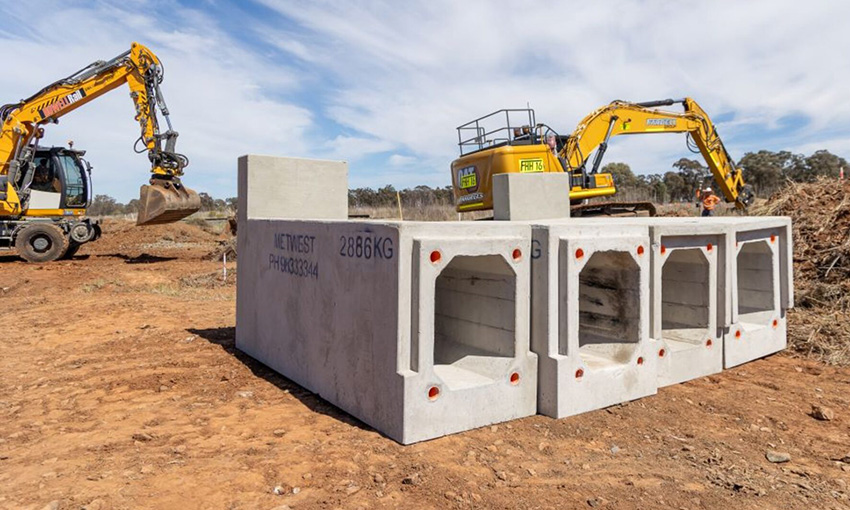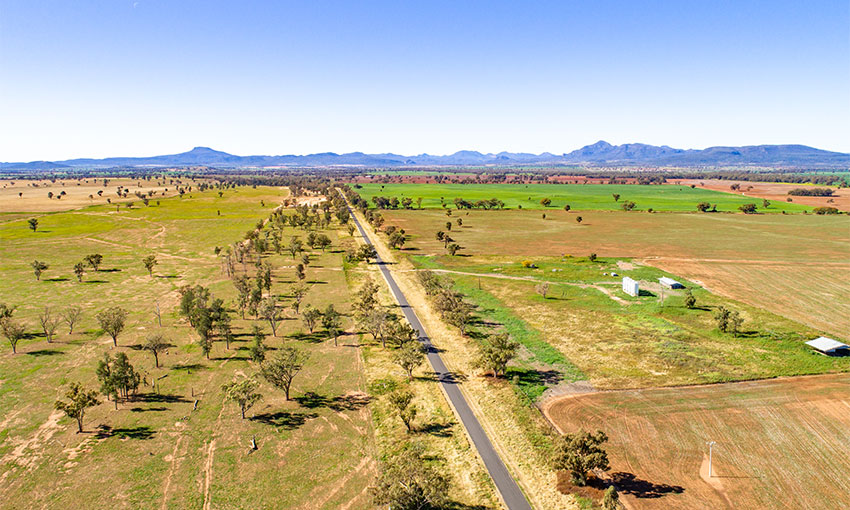A NEW solar powered signalling system completed on a section of the Inland Rail network is expected to save nearly 7 million tonnes of carbon emissions annually, according to the project team.
The signalling system, unveiled on Monday and installed at Coolleearlee, is the first solar solution to be used on the network.
The new system is expected to eliminate the need for a two-kilometre trench through local properties to deliver the mains power services to the site on the Narromine to North Star (N2NS) network section.
It will also be used to support the crossing-loop that will operate in the area, allowing trains going in opposing directions to pass each other, creating a more efficient rail service.
Beyond the reported environmental and operational benefits, using solar power rather than mains power for the signalling system is expected to save over $10,000 each year in operational electricity costs.
“Delivering power to rural signalling systems can be a real challenge so the successful completion of this solar powered system in Coolleearlee is a great outcome,” Inland Rail N2NS project director Peter Borelli said.
“We always seek to minimise disruption to local communities so using solar rather than mains power with all the construction work that would involve is a great result for the local community too.”
Inland Rail said using solar power on the signalling system will also reduce ongoing maintenance costs as the system allows engineers to monitor system performance and efficiency remotely.
The solar system is fitted with battery back-up that provides for ten days of back-up operation.

